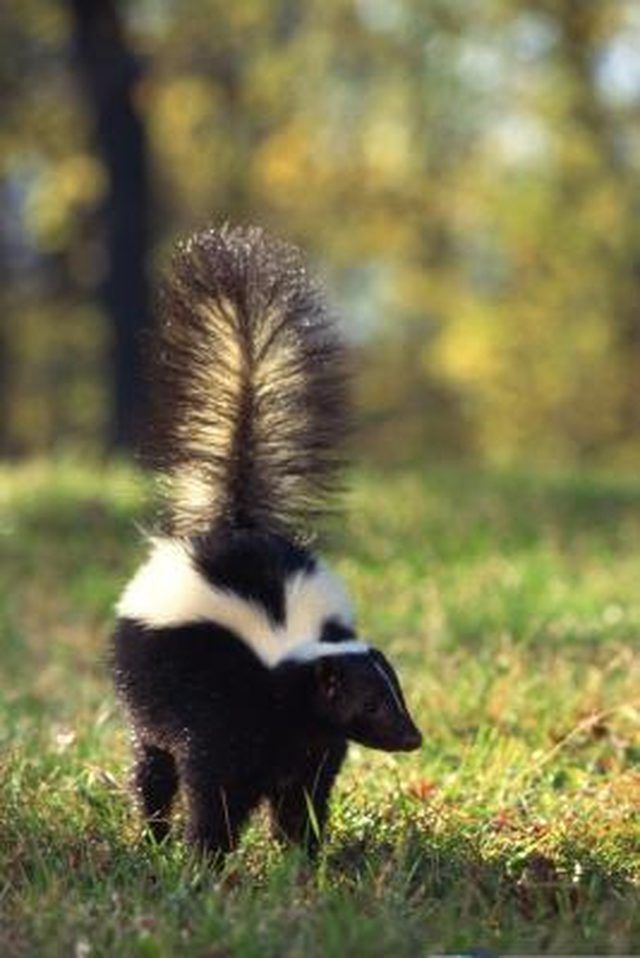Bulbs
Flower Basics
Flower Beds & Specialty Gardens
Flower Garden
Garden Furniture
Garden Gnomes
Garden Seeds
Garden Sheds
Garden Statues
Garden Tools & Supplies
Gardening Basics
Green & Organic
Groundcovers & Vines
Growing Annuals
Growing Basil
Growing Beans
Growing Berries
Growing Blueberries
Growing Cactus
Growing Corn
Growing Cotton
Growing Edibles
Growing Flowers
Growing Garlic
Growing Grapes
Growing Grass
Growing Herbs
Growing Jasmine
Growing Mint
Growing Mushrooms
Orchids
Growing Peanuts
Growing Perennials
Growing Plants
Growing Rosemary
Growing Roses
Growing Strawberries
Growing Sunflowers
Growing Thyme
Growing Tomatoes
Growing Tulips
Growing Vegetables
Herb Basics
Herb Garden
Indoor Growing
Landscaping Basics
Landscaping Patios
Landscaping Plants
Landscaping Shrubs
Landscaping Trees
Landscaping Walks & Pathways
Lawn Basics
Lawn Maintenance
Lawn Mowers
Lawn Ornaments
Lawn Planting
Lawn Tools
Outdoor Growing
Overall Landscape Planning
Pests, Weeds & Problems
Plant Basics
Rock Garden
Rose Garden
Shrubs
Soil
Specialty Gardens
Trees
Vegetable Garden
Yard Maintenance
How to Remove Skunks
How to Remove Skunks. Skunks, a member of the weasel family, are characterized by a black body with white stripes beginning at the head and continuing along the back. They are considered by many to be pests. Skunks are nomadic creatures, so if you find skunks living under your building, the problem will eventually resolve itself when the skunks...

Skunks, a member of the weasel family, are characterized by a black body with white stripes beginning at the head and continuing along the back. They are considered by many to be pests. Skunks are nomadic creatures, so if you find skunks living under your building, the problem will eventually resolve itself when the skunks move on. However, you may wish to evict the skunks because of health, safety or odor concerns.
Things You'll Need
Flour
Skunk trap
Bait
Thick burlap
Boards
Pickup truck
String or fishing line
Locate the main entrance of the skunk burrow. Skunks often live in the space beneath buildings. Sprinkle flour on the ground around your building's foundation in the evening. Inspect the flour the next morning for skunk tracks. The area with the most tracks is likely the burrow's main entrance.
Prepare your skunk trap. Bait the trap with fish, fish-flavored cat food, chicken parts, bacon or peanut butter on bread. Attach at least 20 feet of string or fishing line to the trap's release lever. Wrap the trap in burlap.
Set the trap near the burrow's main entrance during the day. Position boards to create a "hallway" between the burrow's entrance and the trap's entrance, to guide the skunks into the trap.
Check your trap in the morning and the evening. Pick up the trap carefully when you have trapped a skunk. Avoid sudden movements or loud noises that might startle the skunk. Set the trap in the bed of a pickup truck.
Drive the trapped skunk at least 10 miles away for release. Check the regulations in your area -- some areas have laws regarding where, or if, you can release a trapped skunk.
Stand at least 20 feet away from the trap. Pull the string to open the trap's door and release the skunk.
Tips & Warnings
To discourage new skunks from making a home under your building, block off all entrances and burrows with chicken wire or hardware cloth.
If a skunk shows signs of rabies, do not release the skunk. Contact your local animal control organization for assistance with any animal that you suspect to be rabid. Symptoms of rabies include excessive aggression, paralysis, lack of fear of humans or other animals, excessive salivation and dilated pupils.